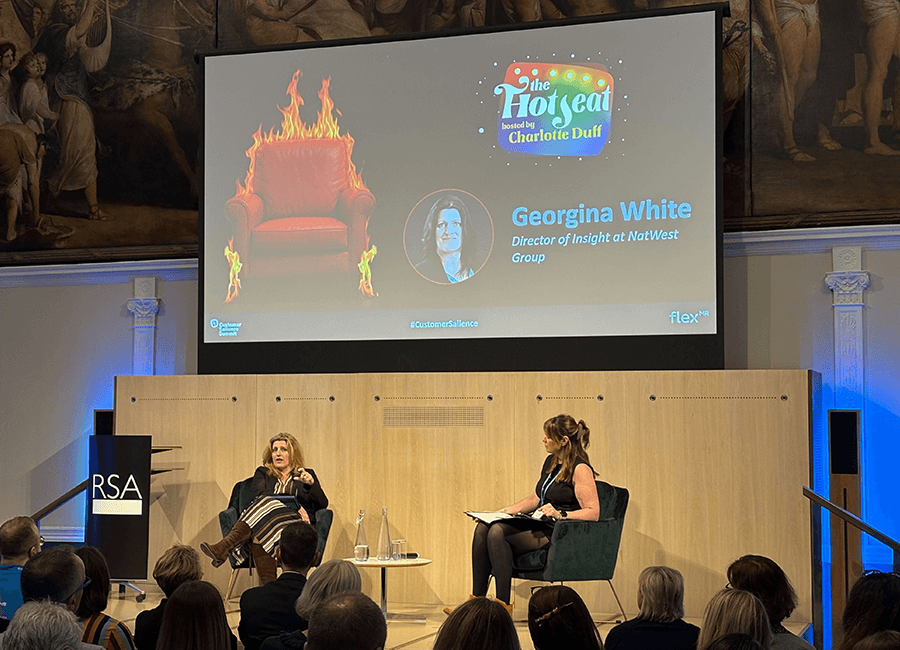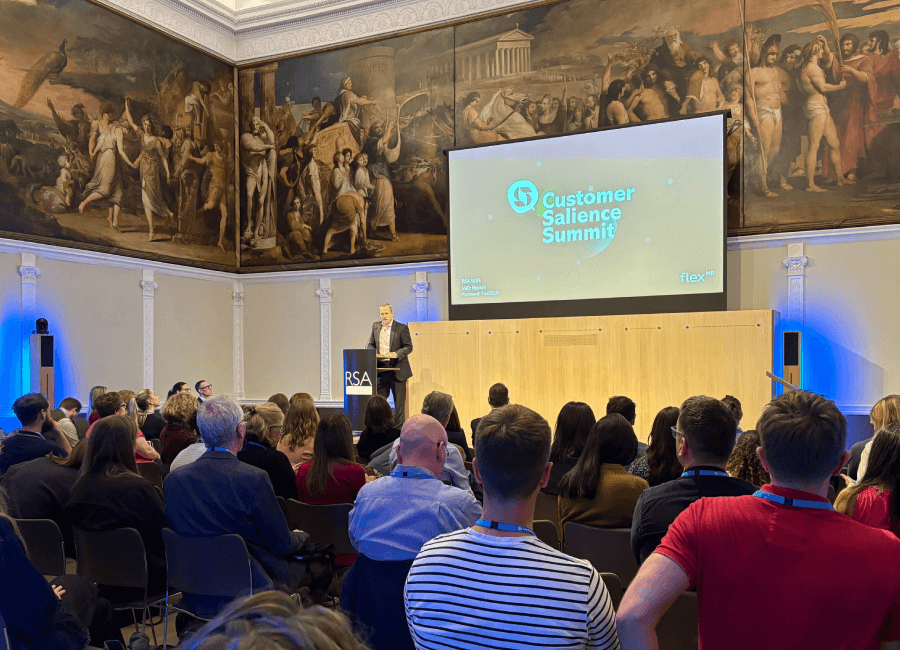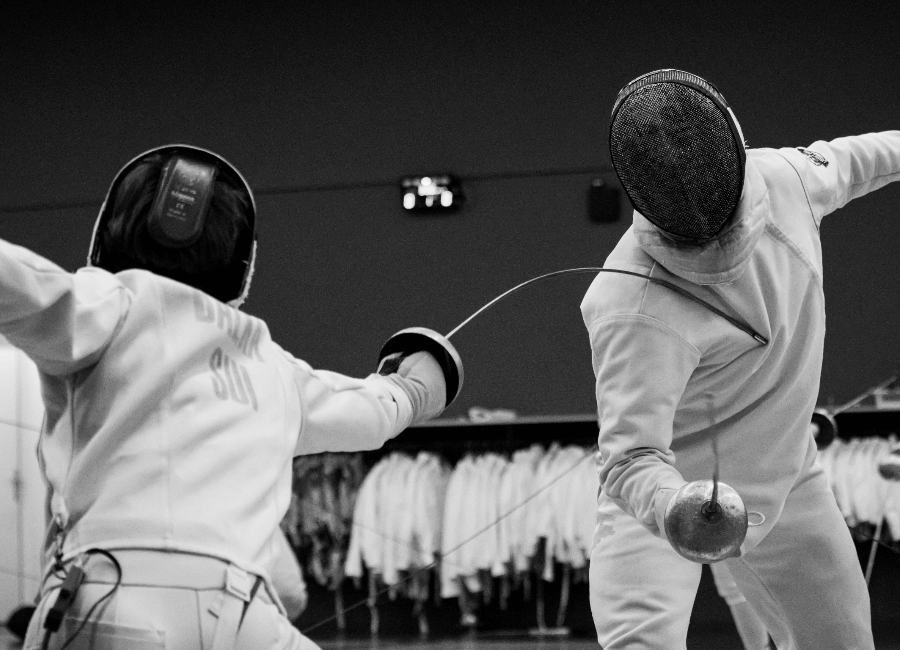The challenges to achieving Customer Salience are clear.
At the 2024 Customer Salience Summit, a range of insight leaders as speakers and attendees discussed the same obstacles and experiences, and three challenges in particular came up time and again:
- The fight for stakeholder engagement in research and insights
- Our ever-diminishing market research budget allocation
- The effect of the Customer Gap
As more discussions occurred, it became apparent that these obstacles are some of the starting points for a great many of the industry’s challenging situations, but we are on track to finding the solutions needed to overcome them.
Key Customer Salience Insights
As insight experts, we all understand that if business strategies are to be successful, stakeholders must account for customer insights in the formation of those strategies. But this is where most insight experts fall short of the mark because stakeholders are notoriously tricky to engage in things that they don’t see the value in - and that is exactly what insights are initially intangible concepts that should spark change, but only if the user can see the potential impact. So what do we do? Our speakers at the Customer Salience Summit 2024 talked primarily about three keys to success: insights activation, specific Customer Salience strategies, and closing the Customer Gap.
| Tweet This | |
| The challenges to Customer Salience are clear - insight experts are battling against stakeholder apathy, ever-diminishing budgets, and the Customer Gap. |
Refocusing on Insights Activation
Having insights is great, but to make them count stakeholders need to focus on what they need to do with insights to spark value through correct decision-making in their organisation. Simply getting insights from their research team and attending debriefs is not enough What most stakeholders know theoretically but not in practice is that the lifespan of insights is much longer than anticipated, and it’s imperative that we communicate that to them in ways that help them to not discard insights as a one-and-done thing.
One way we can do that is through marketing. Lucy Davidson, Founder of Keen as Mustard Marketing, spoke about how we cannot be boring when it comes to communicating insights to stakeholders, and that making insights ‘famous’ in your organisation has a great impact on making people want to interact with them more on their own terms. This organic spark of action from the stakeholder side is the key to the best form of insights activation and will ensure that insights are used time and again until they are no longer relevant. Lucy spoke about the power of using campaigns a la Hollywood, and how to get a budget specifically for insight communications to ensure insight teams have the resources to properly market insights for insights activation.
Designing Customer Salience Strategies
Getting stakeholders to focus on insights activation rather than just insights generation requires a strategy - more specifically, it requires a Customer Salience strategy. This particular strategy is a catch-all for the best parts of customer-centric operations, rather than just one or the other. Customer Salience is stakeholder engagement, insights activation, customer-curious culture-making, and more all in one, that creates a solid culture of customer centricity. These strategies work to make stakeholders seek out insights to implement rather than the onus being on insight teams to market insights and prove their value. There are two distinct levels to a Customer Salience Strategy: operation level and stakeholder level.
Charlotte Vicary of the Customer Closeness Company gave an interactive workshop at the Customer Salience Summit, all about how to get stakeholders customer-curious. Making it a key purpose of your overall Customer Salience strategy will ensure that this is something that the organisation works towards with practical steps, such as defining how it will make the organisation better and what specific areas stakeholders and insight experts need to focus on. Making customer curiosity a replicable habit is crucial to getting stakeholders to seek out and activate insights on their own.
Operationally speaking, Hannah Fisher from Saga put it best in her Research Live advice: insight experts need to “build the insights and research into their day through panels and surveys rather than using the big project approach.” Making insights an everyday occurrence and thought is a much more organic way of filtering Customer Salience into the organisational culture. Big Project approaches mean that stakeholders only think about the insights once the research is done, and then associate the insights with the purpose of the project rather than anything else. Insights are continuous and widely applicable assets, so we need to redesign our insights marketing and communications to suit that concept better.
| Tweet This | |
| Customers, communication and connection are the three main themes that emerged from the Customer Salience Summit 2024 - here is a roundup of some of the expert advice. |
Closing the Customer Gap
Danny Russell of FlexMR notes that no matter what we want to think, we “need to understand that the [Customer] gap is alive and well within companies… only 14% [of executives] believe their company is delivering [on customer centricity].” As much as we can design the right strategies and focus our efforts on insights activation, actually closing this Customer Gap and forming a continually working knowledge of the target customer are the real aims. So, measuring the success of insights activation strategies and creating an organic stakeholder-led culture of customer salience is the best end goal we could work towards.
In the same Research Live article, Hannah Fisher also talked about how it is imperative to measure the progress and go back to check if your actions have worked, even if you’re already onto the next project. Having definite KPIs to track the progress and success is the key to normalising the use of insights day-to-day and closing that Customer Gap.
Customer Salience On Demand
Customers, connection and communication were the three main themes that emerged from the Customer Salience Summit 2024, with a variety of speakers showcasing their own strategies, their case studies, with crucial learned insights from many different experiences to share with our attendees. Using insights learned from failures as well as successes has lit the way to more successful Customer Salience strategies.
If you want to learn more from our industry-leading speakers, then sign up to receive the on-demand footage of our highly-rated Customer Salience Summit 2024.


















